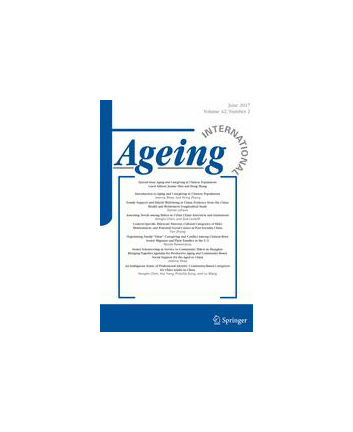As the United States health care system grows, so does the need for trained medical professionals – especially in the form of in home care aides. The US Bureau of of Labor Statistics projects a 26 percent increase in demand for these kinds of health workers by 2024 – and with rising demand comes new need for proper medical education. This study presents case studies of six state-based training models for new home care aides and discusses the recruitment process, curriculum design and delivery methods of all six methods.
The data researches collected to perform this case study came from state-level demonstration project reports, demographic data compiled by national evaluators and collaborative topic-based analysis conducted by individual teams. By comparing this information from state to state, they were able to identify methods they deemed successful for training in home care aides.
Researchers concluded government funded, evidence-based and person-centered home care aide training programs like the ones they studied could produce well equipped home care workers that were prepared to work with the elderly and individuals with disabilities. However, further research is still needed nationally and internationally to analyze the actual effects these new workers have on patients.

